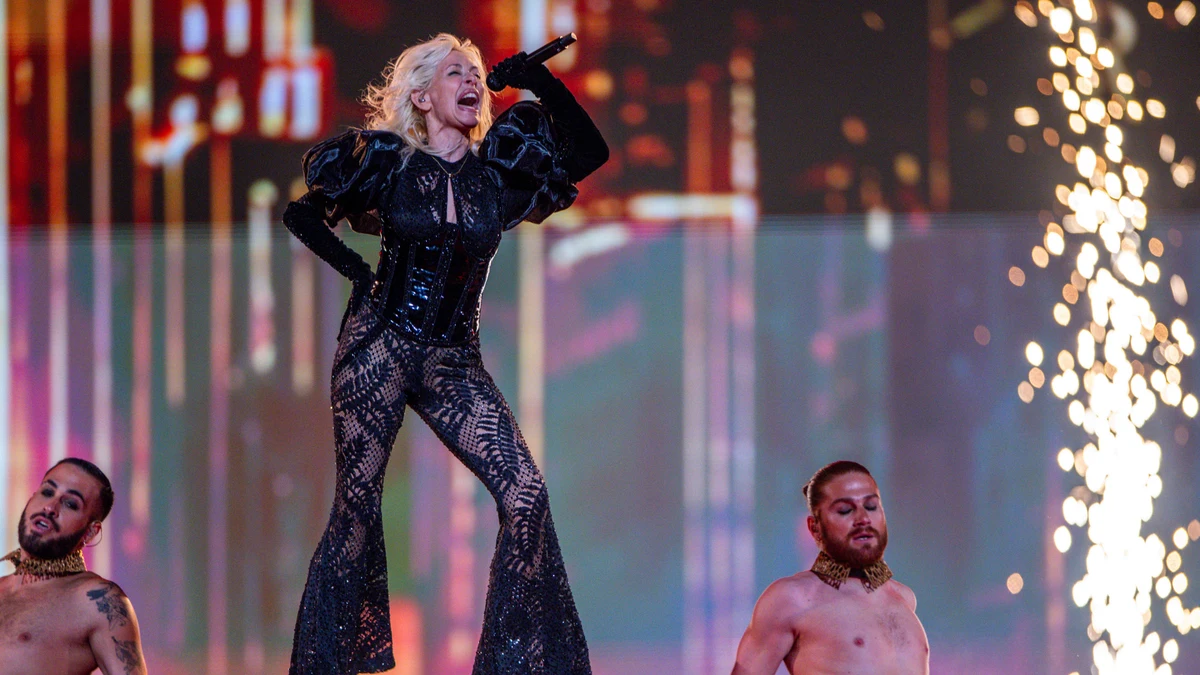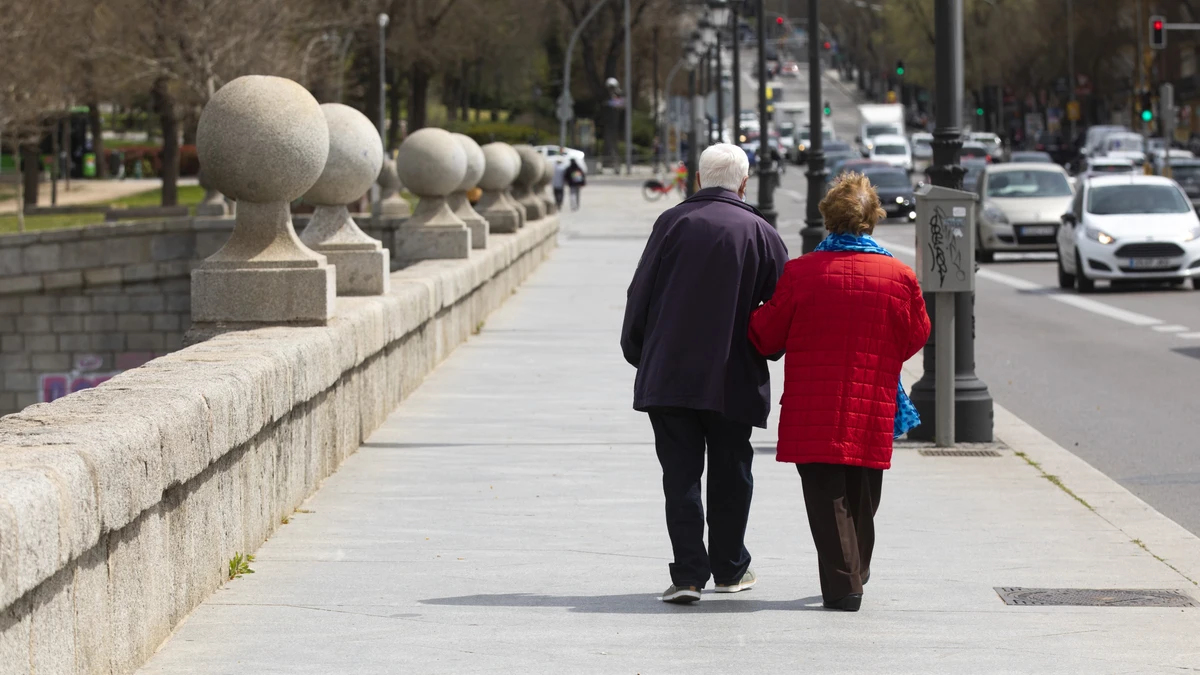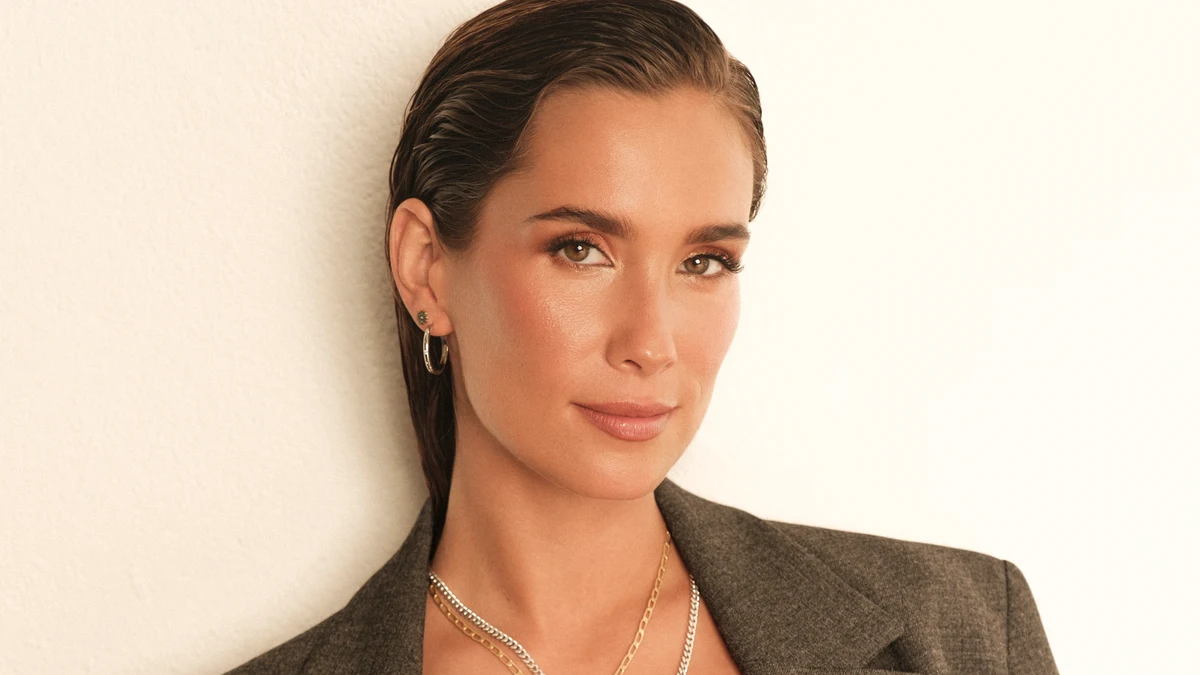Elgin Public Museum of Natural History Museum Assistant Abigayle Rasmussen is getting a second-in-a-lifetime chance to see a total solar eclipse. She only hopes the weather cooperates a little more this time.
Rasmussen was in high school when her family planned a trip in 2017 from their Wisconsin home to the southern Illinois college town of Carbondale for the eclipse.
“It was very hot, and right when the sun was fully eclipsed, a cloud went over” blocking the full totality, Rassmussen said. “We saw what’s called the ‘diamond ring’ (effect). It was incredible. It was crazy. I never thought I’d be able to see something like that.”
This year, her family decided in January to make the trek back to Carbondale, one of the locations in Illinois where the total eclipse can be seen Monday afternoon. The next total eclipse in the state is expected to be in 2044.
Thousands of people are expected at Southern Illinois University. The Illinois Department of Transportation is warning motorists about traffic issues to and from Carbondale. Officials are also advising people that their cell phones might not work because of the high volume.
Rasmussen experienced the traffic jams. It took her family 12 hours to make it home.
“It was insane. We were standing completely still for hours,” she said.
She didn’t mind being stuck in a car with her favorite people, including her twin sister, Emily, she said.
The family watched the eclipse from a venue at SIU. Food vendors, bands and other activities were available. There was a parade with Star Wars characters and a countdown, she recalls.
“It was cute and really fun,” she said.
In January, Rasmussen got a text from her dad, Tom, about the eclipse.
“Let’s do a second try,” he wrote.
Everyone is going except her mom, who’s sitting this one out. The family is leaving around 2 a.m. Monday.
“We’re hoping this year that we can actually see it,” Rasmussen said about the eclipse.
“I think it’s super crazy for this to happen twice in the same area. I feel lucky to be able to see it more than once,” Rasmussen said.
Making the trip isn’t possible for a lot of families, but area schools, including School District U-46 in Elgin, have been working to help students watch the eclipse. Weather permitting, people in the Fox Valley will have an 80% view of the eclipse around 2 p.m., according to forecasters.
U-46’s planetarium teachers started making plans for students to watch the eclipse two years ago.
“We talked about what our vision was for the eclipse coming up,” said Deb Mcmullen, coordinator of K–12 science and planetarium education. “We decided to make this as big of an event as we could.”
One of the first things the district did was find certified viewing glasses for every student, teacher and staff member, Mcmullen said. There are only three reputable companies that make the glasses.
“We are focused on our kids’ and staff’s safety,” Mcmullen said.
U46 purchased 50,000 viewing glasses, Mcmullen said. The cost of the glasses wasn’t available, but Mcmullen considers the experience school officials are giving children priceless. Another benefit is getting students interested in science, she said.
“One of the things I think is important to understand is that we want to put scientific tools in the hands of kids,” Mcmullen said.
Planetarium Director Peggy Hernandez and teacher Joe Kellenberger created a safety video that teachers are required to watch before getting safety glasses for the eclipse. The team created 60-second videos with tips and pointers to watch the eclipse.
Mcmullen said the team started looking at the district’s curriculum to find ways to create learning opportunities surrounding the event. Hernandez compiled resources for teachers to teach about the scientific phenomenon. The team provided activities for children in all grade levels that can be done during different stages of the eclipse. Teachers can determine what activities work for their class.
Hernandez emphasized the importance of observation, analysis, and discussion in science. Talking about science helps kids learn, she said.
“There are so many misconceptions about the eclipse. We are able to give the right information about how celestial bodies work, and we’re driving attention to Earth and space sciences,” Mcmullen said.
Children and families can use the opportunity to do some scientific experiences or observations, Hernandez said. A few simple observations include monitoring whether the temperature decreases or watching to see how it impacts animals, she said. Another experiment is using different senses, like sound, to observe the eclipse, she said.
Mcmullen wants people to enjoy the moment and experience “awe and wonderment.”
“We are so passionate about science education. The goal is to get kids to wonder about the world around them. What better way to witness this very cool scientific phenomenon than as a community?” Mcmullen said.
Hernandez, who attended U-46 schools, remembers watching an eclipse as a child with a shadow box she made from a cereal box. This year, she’s traveling to a spot where she can see the eclipse live. She and Mcmullen want their students to remember this year’s eclipse.
“We really hope we have put our district in a position to support kids to have those long-term memories and inspire some kids to go into Earth and space science education,” Mcmullen said.
Gloria Casas is a freelancer.





